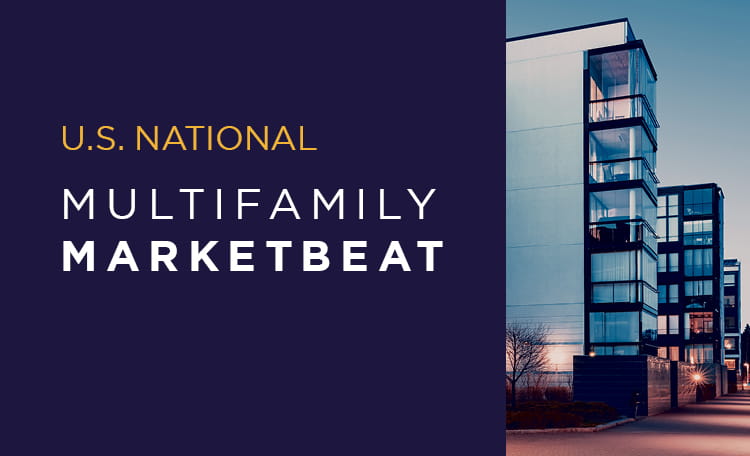At the end of 2021, developers sought to capitalize on the expiring tax abatement for new construction projects. This led to a record number of construction starts for new multifamily product in the city of Philadelphia, giving way to an 8.1% expansion in the existing renter-occupied inventory.
Some speculated the massive over expansion of renter-occupied housing, coupled with an underperforming office market, would result in much of the new construction sitting vacant. However, most of the expansion was immediately absorbed. Specifically, 65.6% of all new product (built after 2021) is currently occupied. This rapid absorption points to a pent-up demand for quality and best-in-class living accommodations. Interestingly, the strong absorption happened despite the overall net negative migration for the city/county. This was possible as most inbound migration came from renter dominated areas such as New York City and Washington DC. That is, the city has a steady exodus of to-be owner-occupied residents and a steady inflow of renters, thereby enabling the near complete absorption of a historic construction boom.


Philadelphia Multifamily Construction Boom
10/4/2024
Related Insights

MarketBeat
Access the latest quarter commercial real estate results for the U.S. multifamily sector. MarketBeat reports analyze quarterly market activity including supply, demand and pricing trends.
Sam Tenenbaum • 1/14/2025

MarketBeat
Cushman & Wakefield MarketBeat reports analyze quarterly economic and commercial real estate activity including supply, demand and pricing trends at the market and submarket levels.
Michael Hanes • 1/13/2025
Research
Unpacking Multifamily Supply Risks and Demand Booms
Over the past year, demand for apartments has surged while construction levels wane, prompting an analysis of the impacts on the multifamily market generally.
Sam Tenenbaum • 9/11/2024